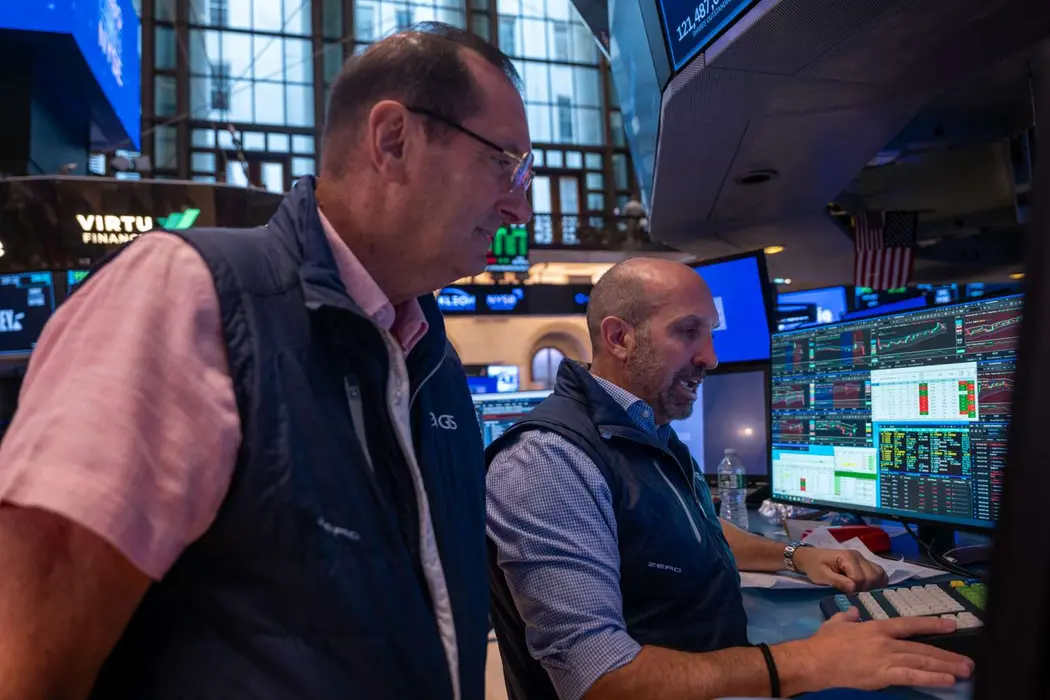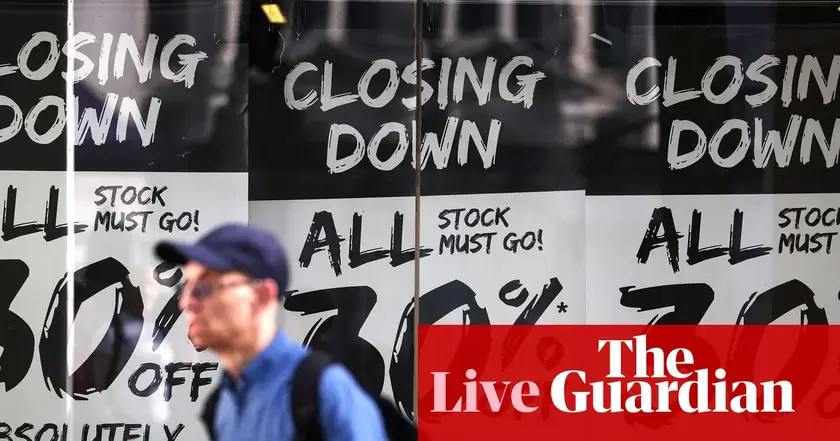T4K3.news
July retail sales show resilience amid price pressure
US July retail sales rose 0.5% led by autos and big discounts from retailers, signaling ongoing demand despite inflation.

America's biggest retailers helped push a key data point into positive territory amid ongoing price pressure.
Walmart and Amazon hand Trump another big win in tariff battle
U.S. retail sales rose 0.5% in July, the Commerce Department reported, showing consumer demand remains resilient even as inflation and higher prices linger. The gain followed a 0.9% upward revision for June. On a year over year basis, spending was up 4.3% through July. But the jump was not just more items in carts; retailers say volumes rose only 1.4%, indicating higher prices continue to lift the value of sales.
Shoppers snapped up motor vehicles and took advantage of big discounts from Amazon and Walmart that stretched across Prime Day and a six day Deals event. Analysts noted some strength came from promotions and non-store sales rose sharply, helping lift overall figures. The auto market benefited from federal tax credits set to expire and growing interest in battery powered vehicles. At the same time, the Labor Department reported wholesale inflation rising 0.9% in the prior month, a signal that price pressures may still filter into consumer costs later.
Key Takeaways
"Deals drive momentum even when inflation stays stubborn"
Analyst perspective on how promotions influence the data
"Price gains pad the numbers more than increasing volumes"
Economic note on how higher prices affect the sales figure
"Promotions shape the data more than steady demand"
Editorial observation on the role of marketing events
"Working families feel the squeeze of inflation despite signs of resilience"
Household impact note tied to wage and price dynamics
The July data show resilience in consumer demand, but the numbers are not a clear victory for households. Price increases continue to inflate the value of sales, masking slower growth in actual quantities purchased. Promotions and big retailer events appear to amplify the impact of those price moves, not erase them. In the background, wage dynamics and a widening gap between income groups could shape how sustainable this momentum is as the year wears on.
Policy and political risk loom large. If tariff fights influence prices or supply chains, the apparent strength could fade quickly. The report hints at a fragile balance between spending power and price pressure, a balance that policymakers and markets will watch closely in the coming months.
Highlights
- Promotions turn price worries into buying power
- Deals drive momentum even when inflation stays stubborn
- Retail data looks sturdy but price gains still pad the numbers
- Wage trends will tell us what comes next for shoppers
Political and economic risk from tariff debate
The piece ties retail trends to a tariff policy fight, raising concerns about potential public backlash and investor sensitivity if the narrative shifts. The data could be misread as a lasting trend when political factors are in play.
Markets will watch wage trends and policy moves as the season progresses.
Enjoyed this? Let your friends know!
Related News

UK July retail gains seen but policy risk looms

Keir Starmer to discuss steel tariffs with Donald Trump

U.S. retail sales show unexpected growth in June

FTSE 100 hits new high on tariff cues

Stocks Retreat as Investors Await Key Technology Earnings

S&P 500 Declines Amid Rising Inflation

Company insolvencies drop in England and Wales

July food prices rise 4%, impacting retail
